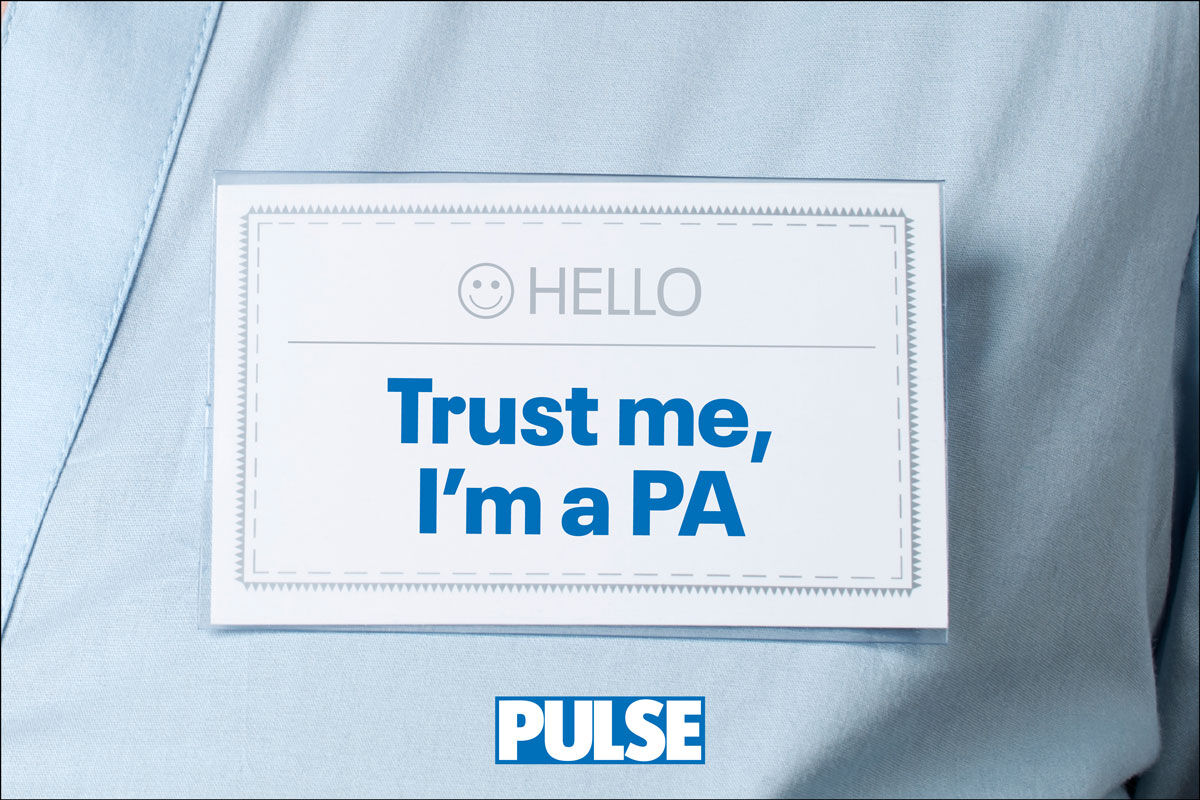Around 55% of primary care premises are owned by GPs. These arrangements can undoubtedly provide individual partners with a good nest egg for retirement, but they can also prove to be a headache if inadequate thought and attention is given to succession planning. Here are some things to bear in mind.
1. Keep property ownership separate from the partnership
It is vital to carefully document the ownership arrangements within a declaration of trust deed to sit alongside the partnership agreement. As a partnership is not a separate legal entity in its own right, in most cases each owning partner will hold a fixed share in the equity in the surgery which unlike their partnership share of profits (typically linked to sessional and other partnership commitments from time to time) will not be variable. For this reason it is essential that the property ownership is treated as completely distinct from the partnership.
2. Make it clear what happens upon retirement
A declaration of trust should also specify what is to happen to a partner’s share in the surgery upon retirement from the partnership.
Many partnerships take the view that at the point of retirement, a partner should be obliged to sell his or her share in the surgery to the continuing partners, who in turn should be under an obligation to buy the share. It is common for a declaration of trust to provide for a grace period of perhaps 12 months from the date of retirement, during which the continuing partners can raise the necessary finance (including possibly arranging a new mortgage) to pay for the share.
If followed, such arrangements ensure the surgery ownership is kept within the confines of the practising partnership. They also currently allow the retired partner to receive the benefit of entrepreneur’s relief from Capital Gains Tax (assuming ownership of the share passes within three years of retirement). Tax advice should always be obtained from a specialist when buying or selling a share in surgery premises.
3. Put a lease in place
In cases where this does not occur, and the ownership of the surgery is thereby split between current and retired partners, it is not uncommon for tension to arise. This can be due to the fact that, while some of the owners hold their shares as business assets, others view their shareholding purely as an investment. In such cases it is in the interests of both the owners and the occupying partners (whether they be owners or not) to put a lease in place. This not only secures the practice’s ongoing use of the surgery, but also frees up the ability of the owning partners to sell their investment ‘subject to the lease’, thereby maximising the return they will receive. Without a lease in place, the investment is unlikely to be readily saleable, or only saleable at a significantly discounted value.
For these same reasons, it is advisable to put a lease in place where a partnership comprises a mix of property owning and non-owning partners. The terms of any lease (length, rent etc.) should be negotiated by expert primary care premises surveyors and approved by NHS England (to safeguard rent reimbursement) and any mortgage lenders.
4. Careful there’s not one person left with the property
Unless proper arrangements are entered into, problems can arise with automatic buy-out arrangements if the practice in question has not given sufficient thought to succession planning. For example, a practice may be owned by three partners, and a new younger partner is brought in who buys a 25% share in the surgery. If the original three partners retire in relatively quick succession without replacement, the new partner could quickly find themselves liable to finance the acquisition of first a 25% share, followed by a 33.33% share and finally the remaining 50% share in the surgery.
While mortgage finance may be available based on the security of notional rent reimbursement under the practice’s NHS contract, this does become increasingly tricky as partnership numbers diminish, and indeed many lenders will not lend to a sole contract holder given the risks if something were to happen to that individual. If the continuing partner(s) cannot raise a mortgage, the retired partner(s) may decide that the only way of recovering their capital is to force a sale of the surgery.
These risks can be managed with appropriate planning, but certainly partners should think carefully and take appropriate advice before buying into the surgery premises and entering into binding commitments to purchase further shares when other partners retire.
And if the practice is well run, and due attention is given to succession planning, these risks should hopefully be outweighed by the gains to be made as a result of investment in your own bricks and mortar.
Bryn Morgan is a partner at Hempsons, a law firm specialising in health















